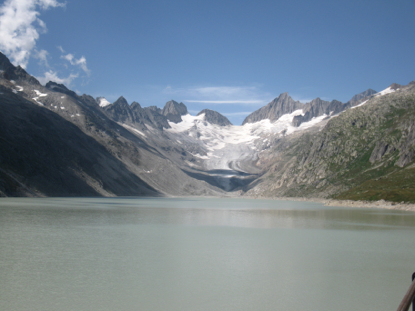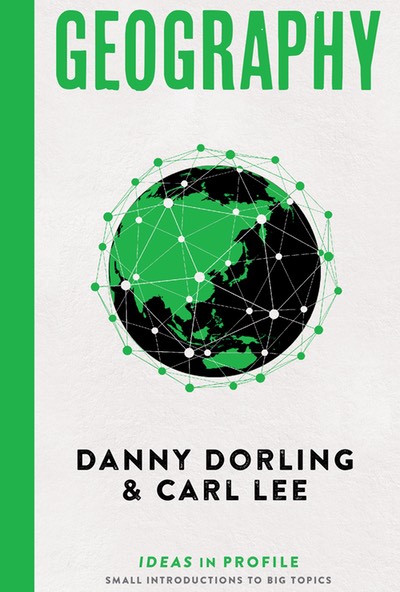Some things matter more than money. Across the world water – its availability and quality – is increasingly the resource that defines the capability of people to develop all other resources. Water is an unequally distributed resource, and the clearest way to appreciate this is to look at the cartogram showing precipitation and population produced by cartographer Benjamin D. Hennig. Here it is clear where the ‘pinch points’ of water supply are: Cairo, the Gaza Strip, California, Greater Lima in Peru and nearly all of Pakistan and Yemen. Such areas are not necessarily reliant on precipitation alone for their water supply (most of which is utilised by agriculture) but may also draw upon precipitation from elsewhere, transferred by rivers such as the Nile or Indus, or from precipitation from an earlier age stored in underground aquifers known as fossil groundwater stores.
We know that water is a weapon and it is used to divide people and to entrench inequality. In the Palestinian Territories per capita water use is a quarter of its use in neighbouring Israel, even though the two populations share aquifers and climate systems. In Pakistan author Moshin Hamid places water centre-stage in his state-of-the-nation novel How To Get Filthy Rich in Rising Asia. Part of the answer is to control water resources. In California in 2015 the worst drought for a generation emptied reservoirs and le farmers struggling to survive as they bored ever deeper into depleting aquifers.

Photo: The retreating Oberaarhorn glacier in the Swiss Alps
Map: Precipitation Patterns (© Benjamin Hennig)
This map represents the world where most people live (area is proportional to population), and annual precipitation is overlaid on it. The lighter shaded areas are places that, on average, receive less than 250 mm of rain a year, whereas the darkest areas regularly experience precipitation over 3000 mm annually. By studying the relationship between these two variables, population and precipitation, it is possible to identify those locations where the water supply challenge is at its most potentially acute. The challenge appears particularly problematic around Cairo, Gaza and Pakistan.
Further exploration
Richard Wilkinson and Kate Pickett’s The Spirit Level: Why Equality is Better for Everyone (Penguin, 2010) was first published with the subtitle ‘Why More Equal Societies Almost Always Do Better’, and many translations have now appeared around the world. It is essential reading, despite already being almost a decade old as far as most of the data is concerned. Its authors specialise in epidemiology, the study of the causes and patterns of disease and health in populations. See also https://www.equalitytrust.org.uk/spirit-level.
Among the most cited geographers in the world, although not as cited as Wilkinson and Pickett, is David Harvey. His life’s work has concentrated on the injustices and inequalities brought about and reinforced by contemporary capitalism, most recently in Seventeen Contradictions and the End of Capitalism (Pro le Books, 2014). See also http://davidharvey.org/.
One of the UK’s most respected economists is Tony Atkinson (Sir Anthony Barnes Atkinson). In Inequality: What Can Be Done? (Harvard University Press, 2015) he not only describes the scale of inequality but sets out a series of measures that could be taken to at least take us back to the lower inequality levels we enjoyed some four decades ago and which much of the rich world enjoys today.
In 2015 a series of charities warned how women in rich countries – particularly in the UK – were especially hurt by spending cuts, which increased inequality between men and women. See, for example, Damien Gayle’s article ‘Women disproportionately affected by austerity, charities warn’, Guardian, 28 May 2015; http://www.theguardian.com/society/2015/may/28/women-austerity-charities-cuts-gender-inequality.
The Gapminder Foundation website, developed by Hans Rosling, is not only one of the most effective tools in communicating the historical dynamics of inequality, health and wealth but is also full of entertaining and innovative lectures by Rosling. It can be accessed at http://www.gapminder.org. We particularly recommend the video ‘Hans Rosling and the Magic Washing Machine’ from March 2011.
